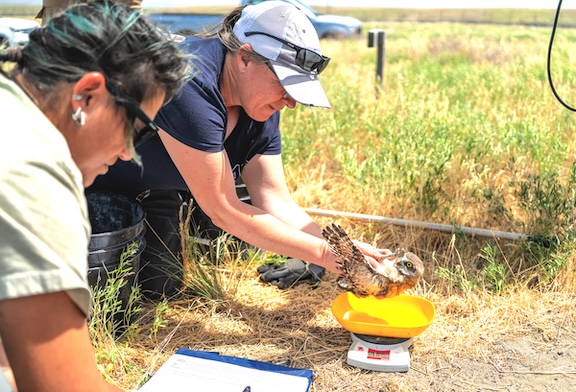Growers use computers to stay current
Published 1:52 pm Saturday, August 29, 2009
A computer program recently released by the University of Idaho allows growers to keep track of the herbicides they apply to their fields.
Trending
Donn Thill, professor of weed science, said the herbicide resistance program, released in June, is designed to give growers hands-on understanding of the things going on their farm.
“They have to make decisions as they try and plan what their crop rotations are going to be,” he said. “If you put on a particular herbicide, you may not be able to plant a crop you’d like to have in your rotation for two, three or four years in some cases.”
After publishing several publications to depict the various herbicides available by their groupings and rotational crop restrictions on herbicide labels, Thill said, the university decided it would be too difficult for people to keep track.
Trending
Instead, they put the information into a computer program to keep track of what herbicides a grower uses in a particular field and the impact on their rotational crop choices.
The Idaho Wheat Commission, Idaho Barley Commission and university’s College of Agricultural and Life Sciences provided funding.
“What makes it really robust and useful to individual producers is it has a general knowledge of the crop rotation, but allows you to put in your specific farm rotation information,” said barley commission executive director Kelly Olson. “As the years progress, you update that information and it would give back feedback signals if it felt you were going to run into problems.”
Crops the program covers include alfalfa, canola, chickpeas, lentils, wheat and barley.
The portion of the program designed for dryland production systems is available on a University of Idaho website. Growers can use the program for free for a six-month trial period.
If they like it and decide to keep it, individual producers can purchase it for $50 a year; commercial entities, for $200 a year.
The program is to be updated twice a year, in order to keep the herbicide data current.
Once downloaded, Thill said, an instruction guide is available with an example of a field with four to five years of herbicide history. Farmers may include information from previous years or start fresh, he said.
The program will help growers prevent weeds becoming resistant to herbicides and make sure they’re not planting a crop too soon after certain herbicides, which can influence its productivity and their bottom line, Thill said.
Don Morishita, a Twin Falls-based UI professor of weed science and extension specialist, is working on a portion of the program for irrigation management systems, slated to be completed in early 2010.
Because Southern Idaho grows crops such as potatoes, sugar beets, dry beans, corn and alfalfa, in addition to cereal crops, there are more herbicides to deal with, Morishita said.
Thill said the two versions will be merged into a single program available to producers. He said the greatest use of the program would be eventual inclusion into a larger program.
Matthew Weaver is a staff writer for the Capital Press.









